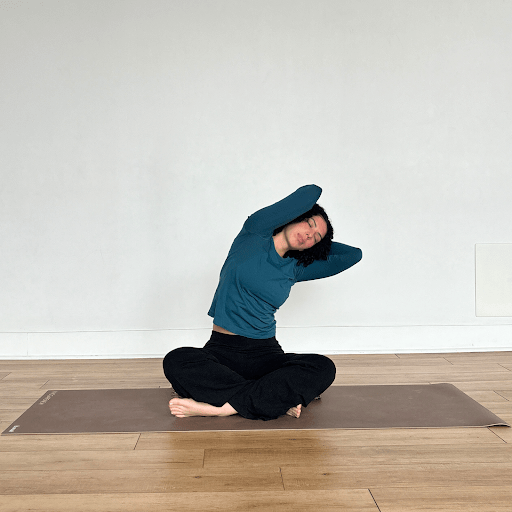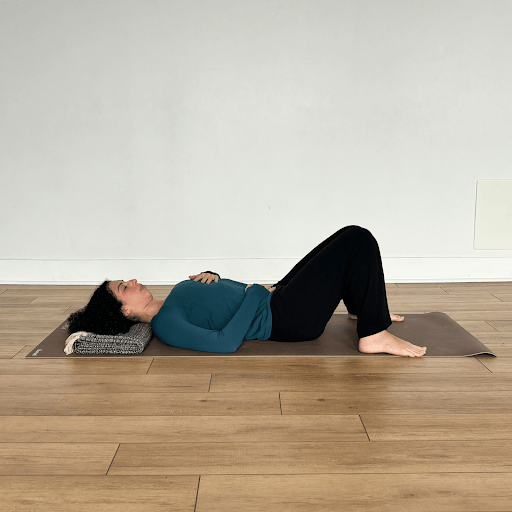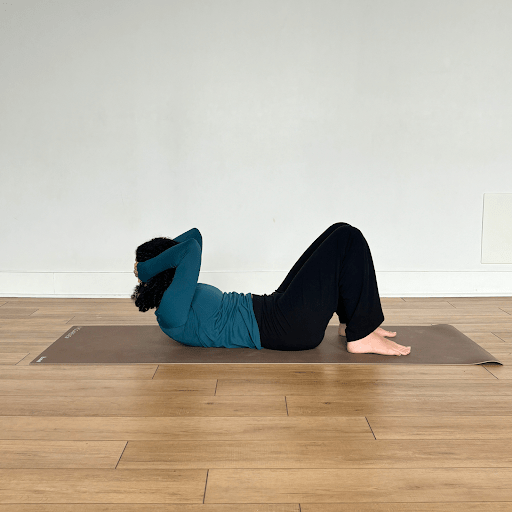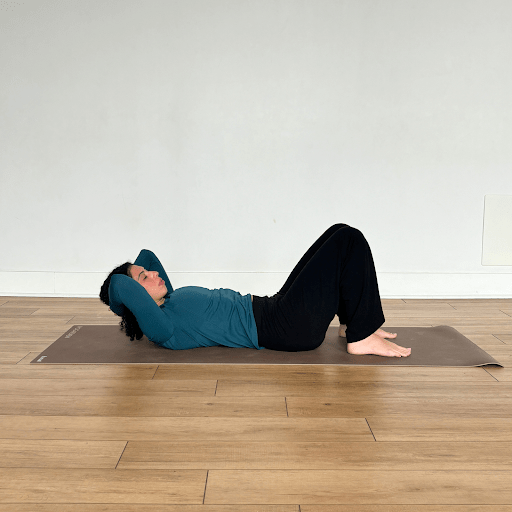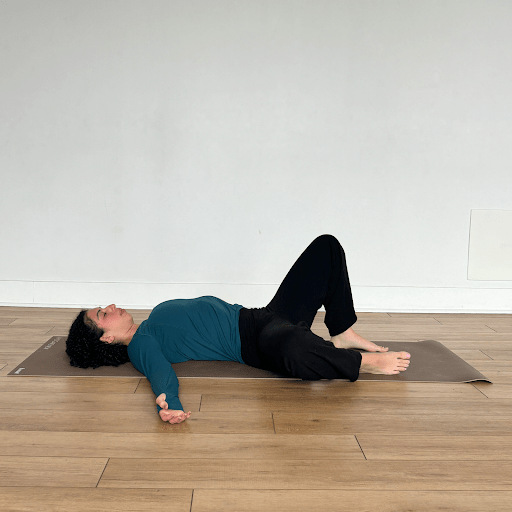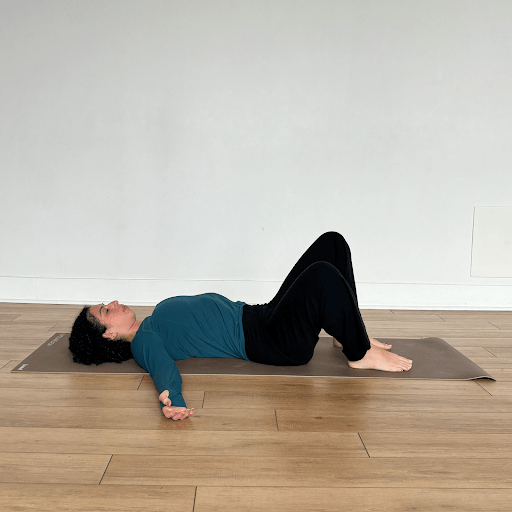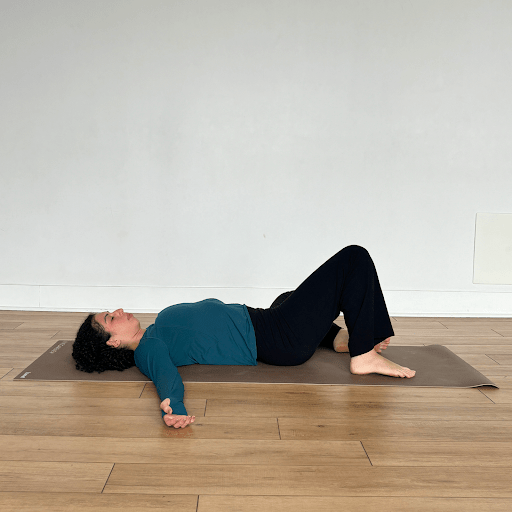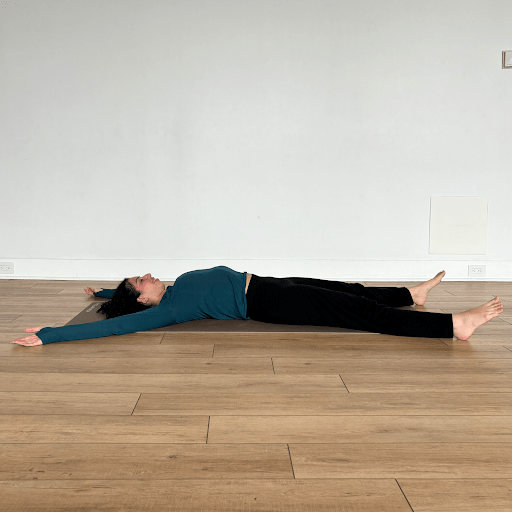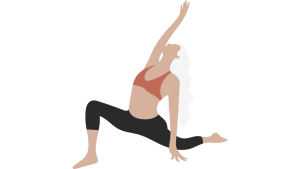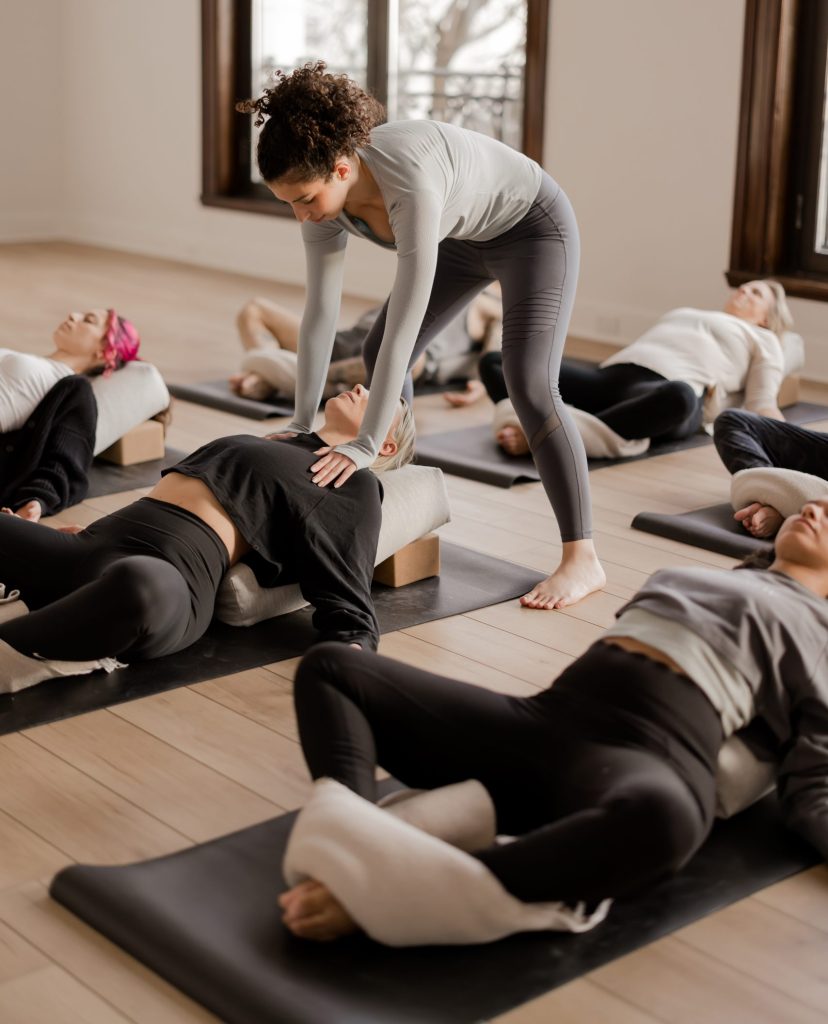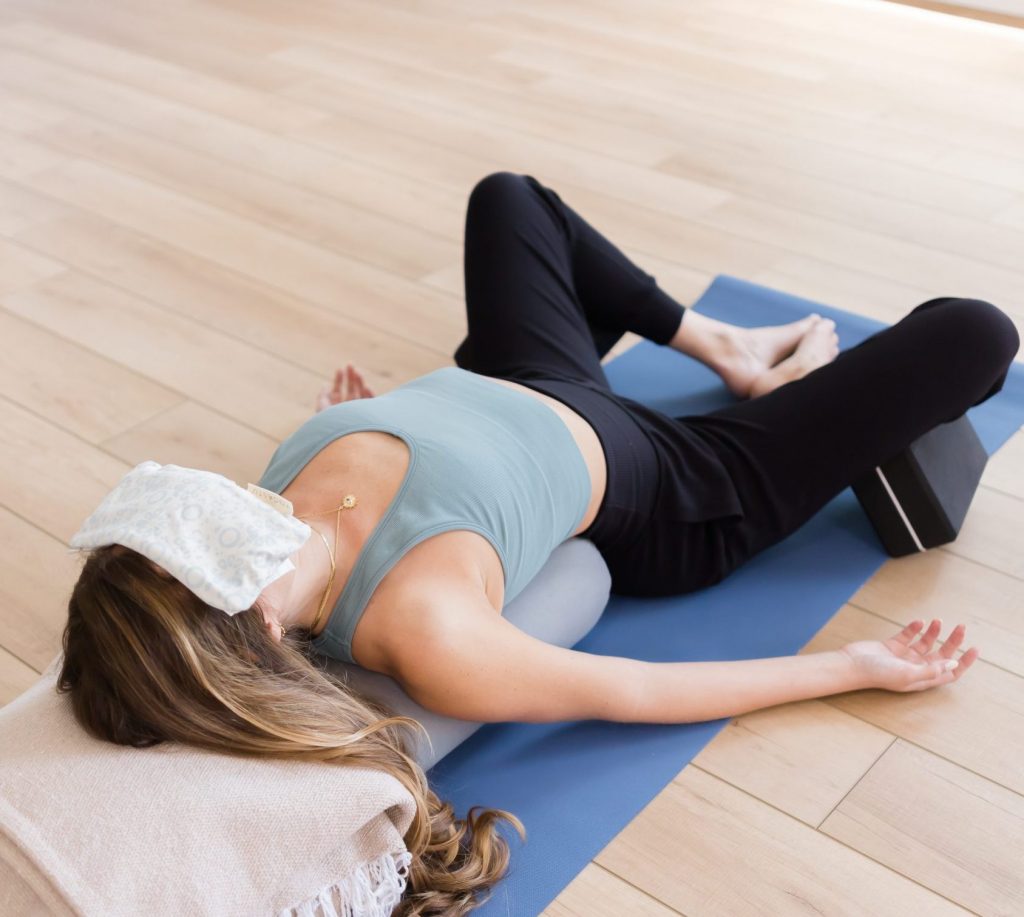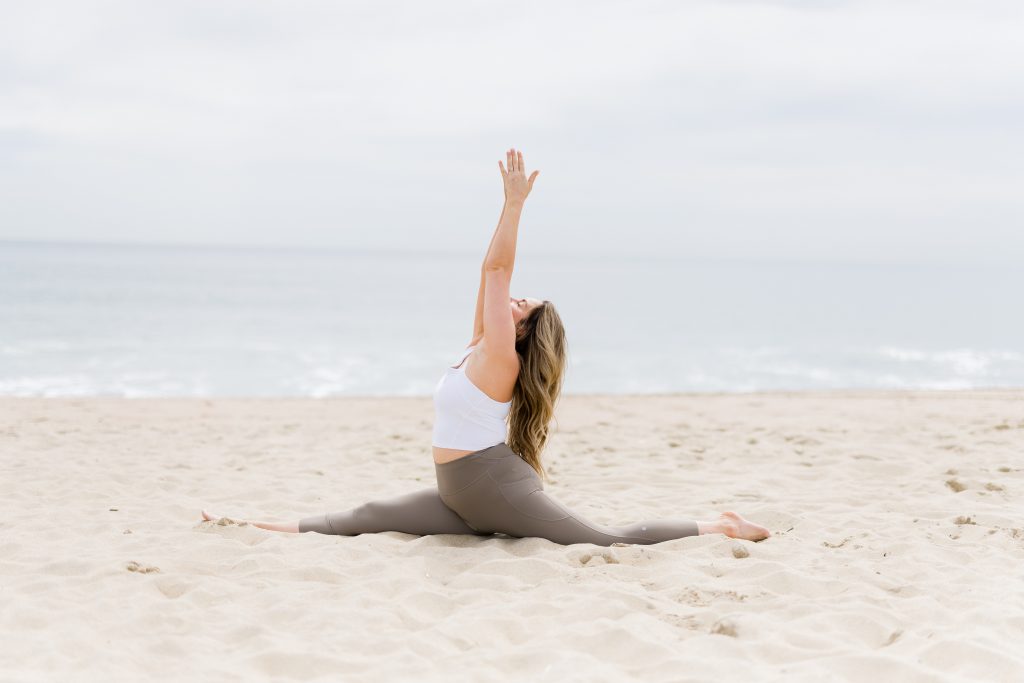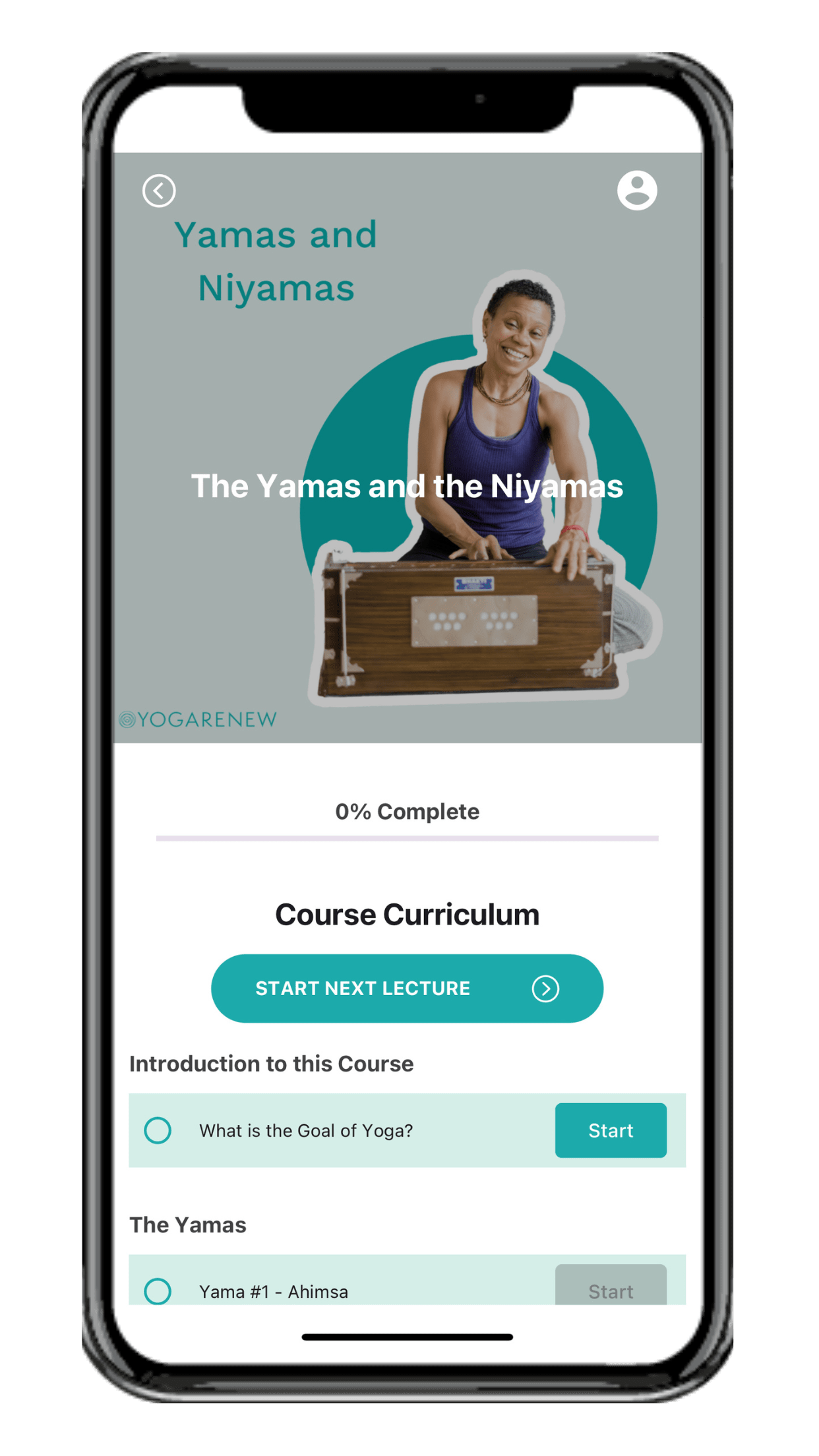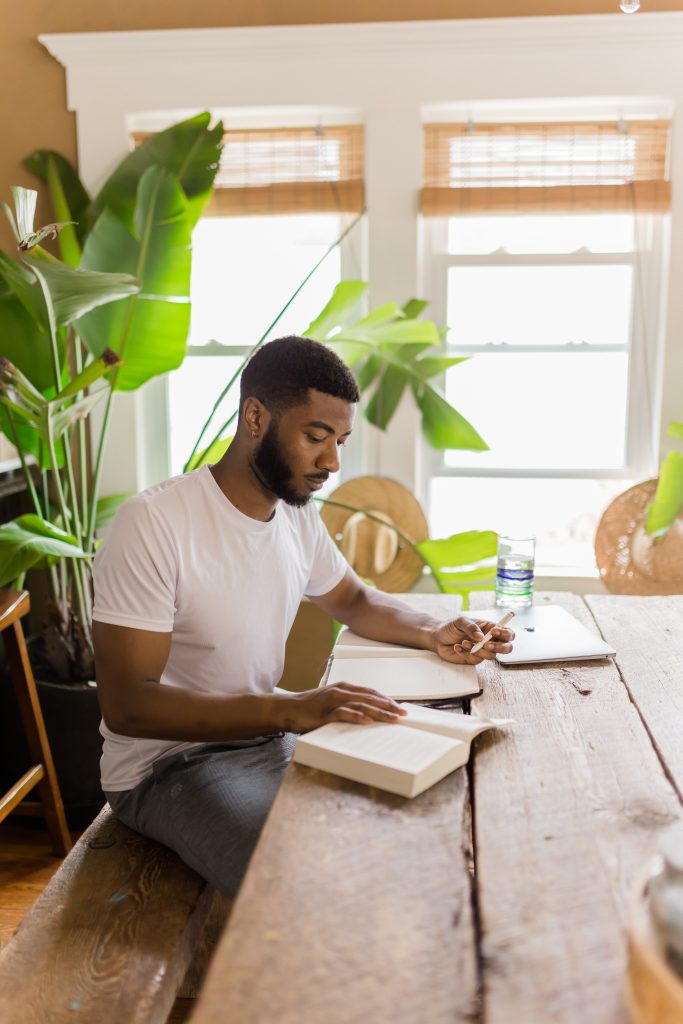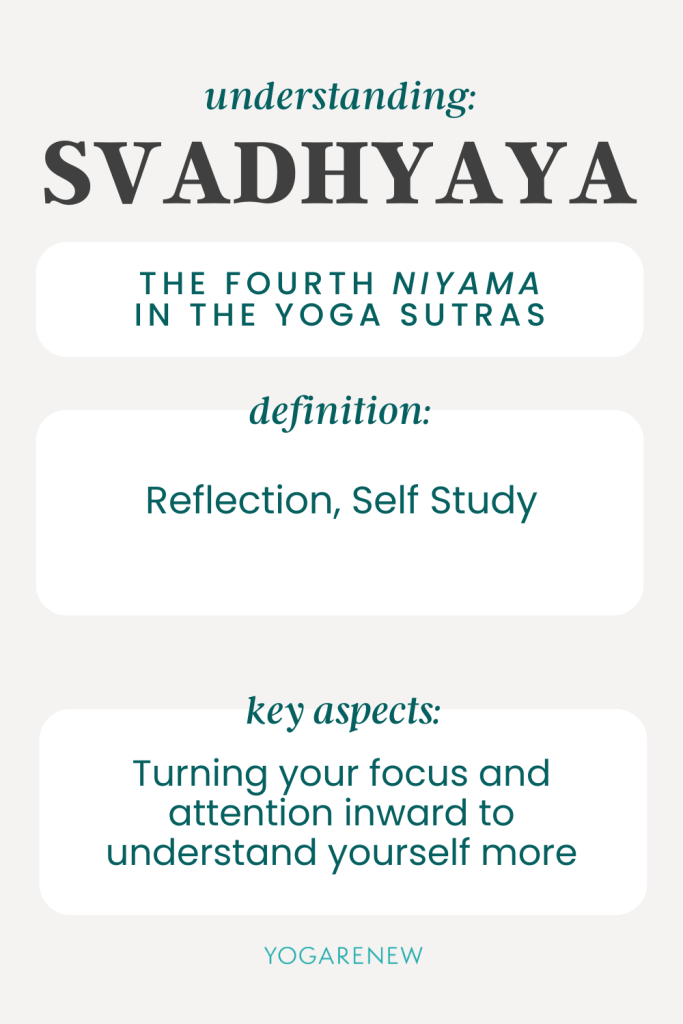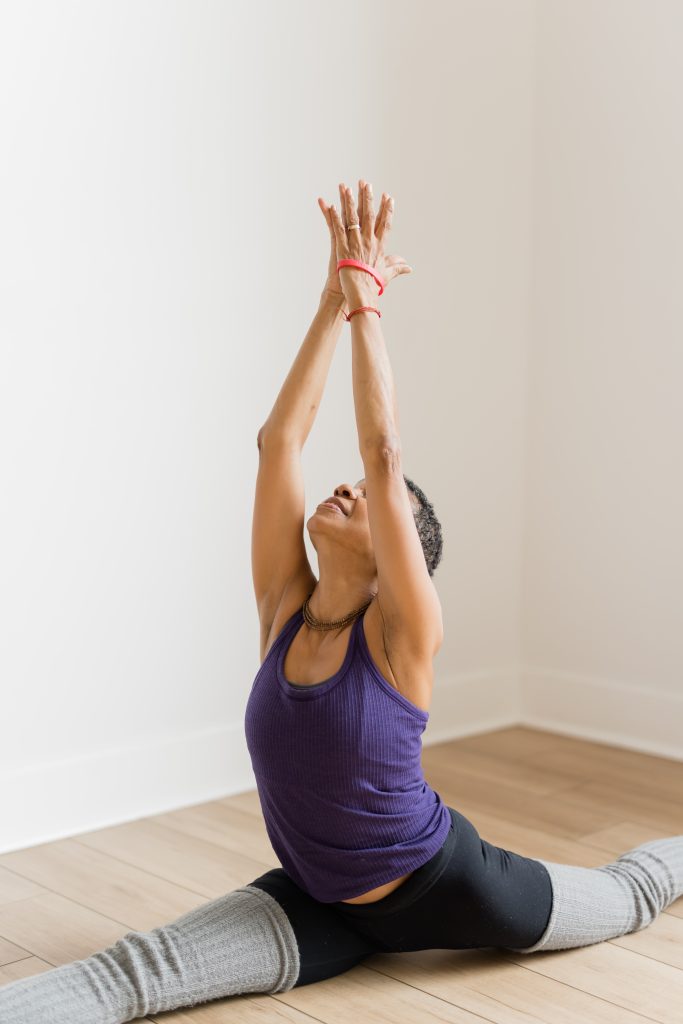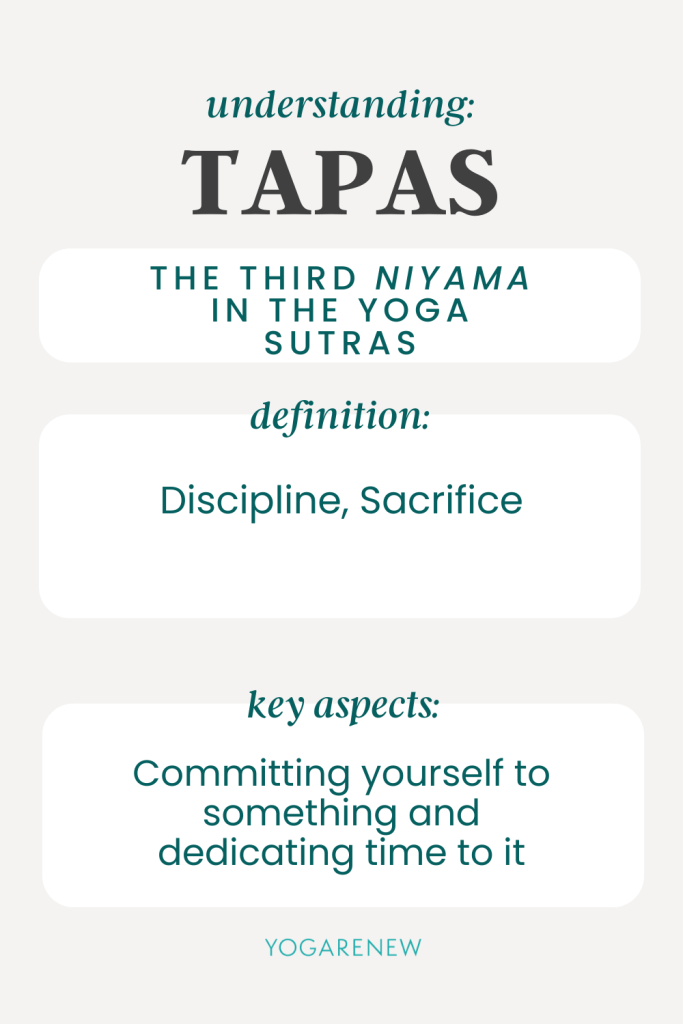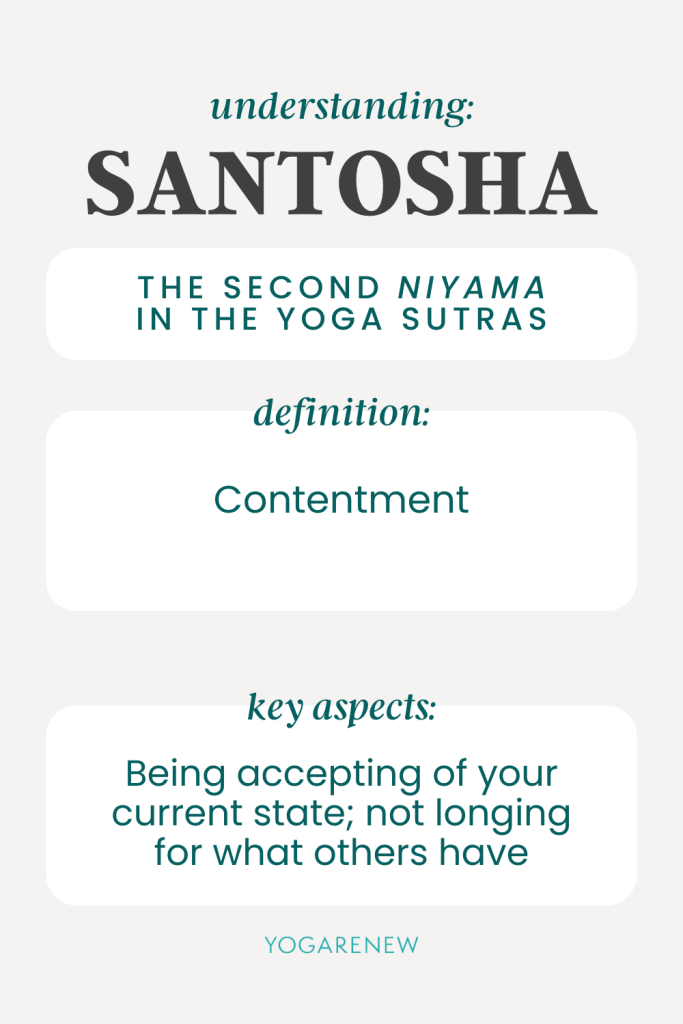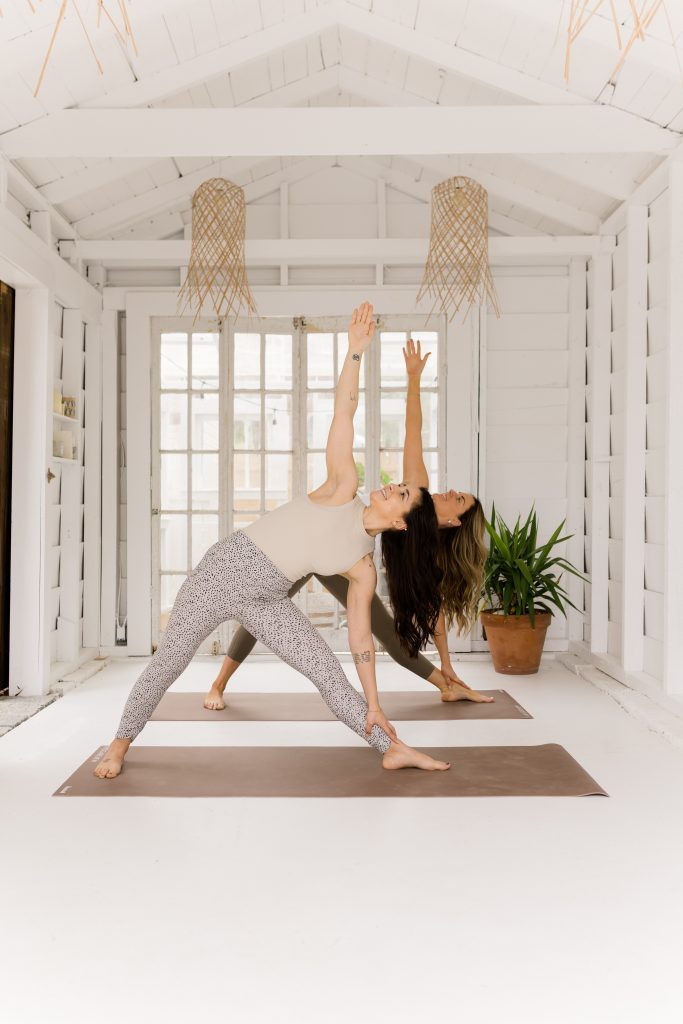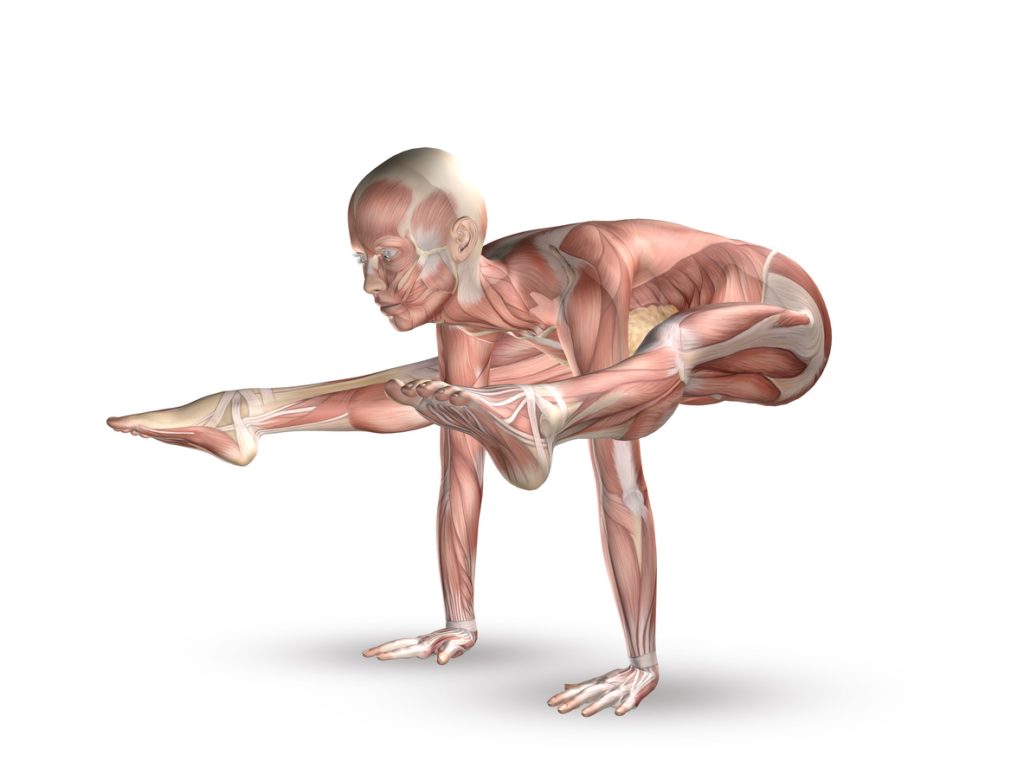
Yoga is often celebrated for its ability to create harmony between body and mind, but its impact on the bodily systems goes deeper than what we might initially realize. Different elements of the practice support and engage unique aspects of our anatomy and physiological processes. From head to toe, yoga’s influence reaches every layer of our physiology. In this article, we’ll explore the dynamics between yoga and different bodily systems. There’s a tremendous amount to cover here, but we’ll be staying at a very high level to look at the function and application of our bodily systems in relation to a yoga practice.
TABLE OF CONTENTS:
Yoga and The Skeletal System
Skeletal System Overview and Function
Our skeletal system is comprised of our bones, cartilage, ligaments and other connective tissues that form joints. It has a few important functions for us, one of which of course is holding us upright. It also protects vital organs and is important for movement. There are some other functions, but for now these are the most relevant to a yoga practice.
Application
So how can yoga affect the skeletal system? For one, staying active can keep the body healthy including the tissues of the skeletal system. Cartilage has a limited blood supply, and there are living cells within cartilage just like there are living cells within our bones. Those cells need oxygen and nutrients and the way they get that oxygen and nutrients is through diffusion.
Diffusion results from the flow of molecules through a fluid. As we move our joints through a full range of motion, the cartilage is compressed and de-compressed, which helps to bring nutrients to those cells. So, movement can be really healthy for the cartilage and the joint. Ligaments also respond positively to movement.
Weight bearing exercise is also important for the health of our bones. There does need to be a certain level of intensity in order for there to be a measurable impact though. Our bones respond to stress by becoming stronger. With inactivity, our bones begin to atrophy. This is known as Wolff’s Law.
Now let’s take a look at the muscular system.
Yoga and the Muscular System
Muscular System Overview and Function
As the name suggests, our muscular system is comprised of all the muscles in our body. When we think of the muscular system, we often think of the muscles that move our joints. However, this is just one type of muscle, called skeletal muscle. As you might have guessed, these are muscles that attach to our skeleton, and we use them for all kinds of movements, such as walking, running, or getting into a handstand.
Movement is important for many organs in our body too, so we also have other types of muscle tissue that help with functions such as circulating blood or moving food through the digestive organs. The muscular system also helps with regulation of body temperature and plays a role in other physiological processes, such as blood sugar regulation.
Application
Of all the bodily systems, the relationship between yoga and the muscular system is probably the most obvious. When we’re practicing yoga, we’re using muscles to move in and out of postures, stabilize the body and maintain balance. All of that can help to build muscular endurance.
One aspect of yoga that is particularly unique in physical movement is its impact on flexibility. Although muscles can lengthen, they also have some amount of elasticity. If you stretch a rubber band, it will spring back to its normal size after being stretched. This is the principle of elasticity. Our muscles function similarly. For instance, when we go into a forward fold we are stretching our hamstrings. If we stay in the pose for a while, our muscle fibers lengthen and stretch. However, once we come out of the pose, the muscles slowly return to resting length.
So, if our muscles return back to their resting length after a stretch, how do we increase flexibility? Well, it seems to be related at least in part to our nervous system. Through practice, we are giving reassurance to the nervous system that moving through a greater range of motion is okay. This allows us to gradually increase our flexibility over time.
Yoga and the Integumentary System
Integumentary System Overview and Function
The integumentary system is comprised of your skin, hair and nails. It plays an important role as a barrier between you and the outside world. It keeps everything inside that needs to stay there, and helps to keep anything dangerous from outside getting in. Sensory nerves and receptors in the skin also provide information about things like touch, pressure and temperature. The integumentary system also plays a role in body temperature regulation and Vitamin D production.
Application
During energy-intensive yoga practices like vinyasa, the body produces heat, causing sweating. We sweat to cool ourselves off. If you’re practicing in a very hot or humid environment, it can become difficult for the sweat to evaporate and to dissipate that heat, so it’s good to drink enough water to replenish some of the fluid getting lost through sweat. In these hot, humid conditions our blood flow is diverted toward the skin to help radiate that heat out. At the same time, our cardiovascular system is sending blood to our muscles so they’re able to continue moving us. This can get our heart-rate pumping higher as our heart works harder to get blood out to different areas of the body.
One key area that relates to yoga and the integumentary system is through sensation. Our skin gives us sensory awareness of what’s going on in the world around us as well as the position of our body in space. So, for instance, in a balancing pose like Tree, your brain is getting information about touch or pressure from the soles of your feet to help it control the contraction of muscles to maintain balance.
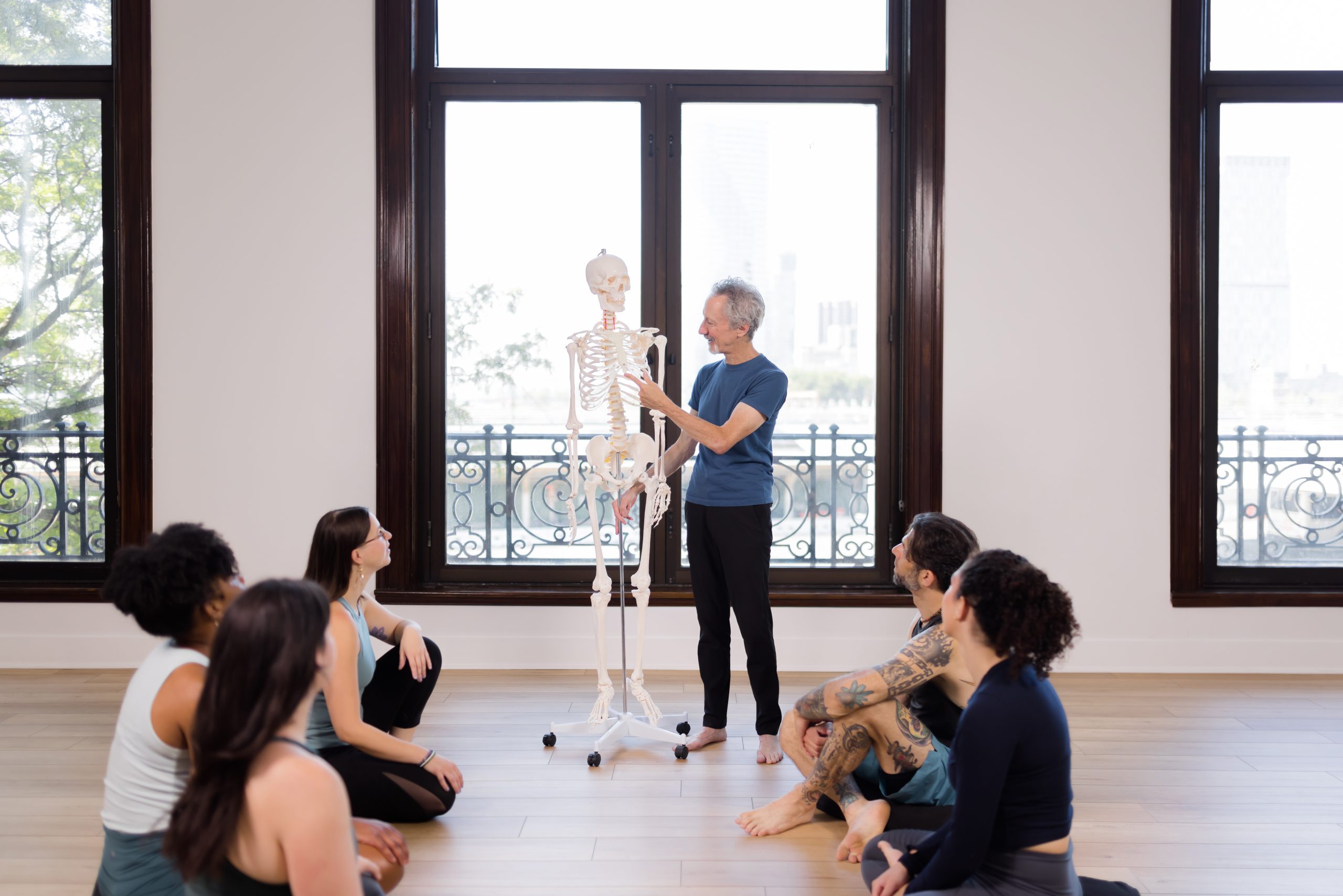
Interested in learning more? Check out The Bodily Systems & Yoga workshop with Joe Miller on Ether!
Yoga and the Cardiovascular System
Cardiovascular System Overview and Function
The cardiovascular system consists of the heart, blood vessels and blood. It functions as a central transportation system within the body. At a high level, its job is to transport blood which in turn carries oxygen, nutrients and hormones to the cells. It also carries away waste, carbon dioxide, in a continual cycle. There’s a ton we could cover related to the cardiovascular system, but this should be enough to at least frame our look at how it relates to yoga practice.
Application
One of the interesting things about yoga is how we put our bodies into all kinds of positions that change our normal relationship to gravity. When we are upright, the brain is higher than the heart. Blood pressure needs to be maintained to the brain, but if we turn ourselves upside down, like we might in a headstand or shoulder stand, it’s going to change the relationship of the body to gravity—in other words, the head or brain will be lower than the heart, which will affect blood pressure.
The arteries in the neck have baroreceptors that can sense the change in pressure. They’ll send a signal to the brain, which will take steps to lower your blood pressure in order to bring it back down. This is one of the reasons why you don’t want to just immediately stand up after a headstand. If you do, you might feel a bit lightheaded. Moving into a pose like child’s pose after a headstand can bring your heart and head closer to the same level, to help the body adjust to the transition.
High blood pressure or hypertension is a common problem. There’s a lot of serious health problems resulting from chronic hypertension. One issue is that the regulatory system might not be as effective as it should be, so the body’s reflex to lower blood pressure during an inversion might be not as responsive. This is one of the reasons why it’s generally recommended for those with uncontrolled high blood pressure to avoid inverted poses like headstand or shoulder stand.
To help blood flow back to the heart, we contract muscles around the veins. Breathing helps return blood to the heart as well. Gravity can also help. In a pose like legs up the wall, with the legs elevated, gravity helps to bring blood from the lower legs back towards the heart.
Another impact of yoga on the cardiovascular system is as aerobic exercise, particularly with vinyasa styles. While yoga might not be as vigorous as running or swimming, moderate intensity aerobic exercise like yoga can also benefit the cardiovascular system.
And finally, one of the big benefits of for the cardiovascular system is that yoga can help us deal with stress. The physical, spiritual and philosophical elements of yoga all provide tools to help us manage and address stress or anxiety. Stress and anxiety can contribute to a host of problems within the cardiovascular system, so having tools to cope effectively can provide some relief in this area.
Yoga and the Lymphatic System
Lymphatic System Overview and Function
Many of us might not be as familiar with the lymphatic system as we are with the cardiovascular system but it plays important roles in moving fluid through the body and in the function of our immune system. It also helps to absorb fats from the digestive system.
It is comprised of a network of lymphatic vessels, lymph nodes, organs, and lymph. Lymph is fluid that has been collected from around the cells. It moves through lymphatic vessels and lymph nodes, where the immune system works to destroy pathogens and keep us healthy.
Application
One of the major ways that yoga can help the lymphatic system is just by moving our bodies. When we’re practicing yoga, we’re contracting our muscles. Those contractions of the muscles help the process of pushing lymph through the lymph vessels and lymph nodes. Similar to the cardiovascular system, we can also assist in this movement by turning ourselves upside down.
So, for instance, in a pose like shoulder stand or legs up the wall, where we have the legs elevated, gravity will help to pull fluid from the legs through the lymphatic vessels and back in the direction of the heart.
In yoga, we do a lot of breathing practices, particularly practices with very full inhalation. When we breath in, a negative pressure is created within the lungs, which can also help to move lymph, as well as blood through the veins.
There hasn’t been a ton of research into the relationship between the lymphatic system and yoga, but we could also speculate that yoga could be helpful for the immune system since chronic stress can have a negative impact on immune function.
Yoga and the Urinary System
Urinary System Overview and Function
The urinary system helps us maintain fluid levels within the body and filter blood. It helps to maintain homeostasis, which in simple terms means to maintain a steady internal environment within the body. The urinary system includes the kidneys, ureters, bladder and urethra. The muscles of the pelvic floor also play a role in the function of the urinary system.
Application
In terms of the urinary system, the pelvic floor helps to maintain continence and ensure we don’t go to the bathroom when we don’t want to. There are yoga practices that involve the pelvic floor which you might be familiar with. In Sanskrit, we call the contraction of the pelvic floor Mula Bandha—mula meaning root and bandha meaning lock.
The pelvic floor is involved in breathing. When the diaphragm contracts and we inhale, it pushes down on the abdominal organs. That tends to push the pelvic floor downward a little bit. When we breath out, the pelvic floor lifts up. Breathing practices that keep the pelvic floor engaged will create a little resistance to the movement of the diaphragm.
One of the important ways in which we can help to prevent incontinence is by maintaining the health of the pelvic floor. We also need to be able to void the bladder when we need to. Because of this, we need a pelvic floor that can contract when it’s supposed to contract and relax when it’s supposed to relax.
Yoga and the Digestive System
Digestive System Overview and Function
The digestive system helps us break down and absorb nutrients to produce energy. The three main functions of the digestive system are digestion, absorption and elimination. Digestion is when food is broken down from larger molecules to smaller molecules. Absorption is the process of absorbing nutrients and water, primarily within the small intestine, but also from stomach and large intestine. As the name suggests, elimination is the removal of waste.
Application
Movement plays an important role in digestion. Smooth muscle within the esophagus, stomach and intestines helps to move food. All of these organs have to move in order to push food through. It is a bit speculative once again, but it would make sense that as we’re using skeletal muscles to move our body through a yoga practice, compressing and stretching certain areas of the body may help with this movement.
There’s also quite a bit of research showing that physical activity in general is very good for keeping stuff moving through the digestive system—particularly when it comes to preventing constipation.
The parasympathetic nervous system is also very much tied into the process of digestion. This part of our nervous system is often referred to as the “rest and digest” system. When we encounter stress, the sympathetic nervous system, also called the “fight or flight” system, redirects blood flow that might be used for processes like digestion to combat that stress. So yoga’s ability to help us cope with and manage stress may also play a role in helping us digest our food.
I am text block. Click edit button to change this text. Lorem ipsum dolor sit amet, consectetur adipiscing elit. Ut elit tellus, luctus nec ullamcorper mattis, pulvinar dapibus leo.
Yoga and the Respiratory System
Respiratory System Overview and Function
The Respiratory System brings oxygen into the body and gets rid of carbon dioxide. As a reminder, our cells need oxygen to metabolize nutrients and produce energy. Carbon dioxide is a byproduct of this process, so the respiratory system is also responsible for expelling carbon dioxide. In this sense, the respiratory system functions as an internal interface between the atmosphere and the bloodstream. It has a couple of other functions as well, such as making sounds and speaking, and helping to regulate the pH balance of the body.
Application
A big part of any yoga practice is bringing attention to our breathing, and in some cases even consciously changing our breathing patterns through the practice of pranayama. One of the reasons breathing became such a big part of yoga is the idea that it serves as a linkage between the voluntary and involuntary parts of the nervous system, between conscious and unconscious. By slowing down our breathing, we are sending a signal to the central nervous system that everything is okay and we’re safe to shift into that parasympathetic state of ‘rest and digest.’
Yoga and the Nervous System
Nervous System Overview and Function
The nervous system is a control center of the body. It collects information, processes that information and then forms and delivers a response. As a simple example, let’s say you’re going to take a shower. You turn on the faucet and feel the temperature of the water. Your fingers have sensors in the skin that give you information about the temperature. Those sensors send information up to the brain. Your brain then makes some decisions. Is the water too hot? Is it too cold? Do we need to adjust? It makes a decision and then sends a signal out through what we call motor neurons to the muscles of your arms so that you can take hold of the faucet and adjust the temperature to whatever you find suitable.
This is obviously a simple example, but it’s the basic framework for everything that the nervous system is doing. It collects information, determines any adjustments that need to be made, and then make decisions to effect those changes.
Application
Once again, yoga’s role in dealing with stress can have a positive impact here. Yoga provides several tools for dealing with stress, and there are some specific aspects of the practice which can more directly influence the nervous system. As mentioned earlier, by slowing our breath rate we can send a signal to the nervous system that everything is okay and we can shift towards the parasympathetic state.
Conclusion on the Bodily Systems & Yoga
As we’ve discussed throughout this article, yoga can directly target all the major systems of the body and help with circulation, movement and overall function of the human body. If you found this article fascinating, sign up for our Yoga Anatomy Teacher Training or get access to a variety of yoga classes and our Bodily Systems & Yoga Workshop through Ether.


